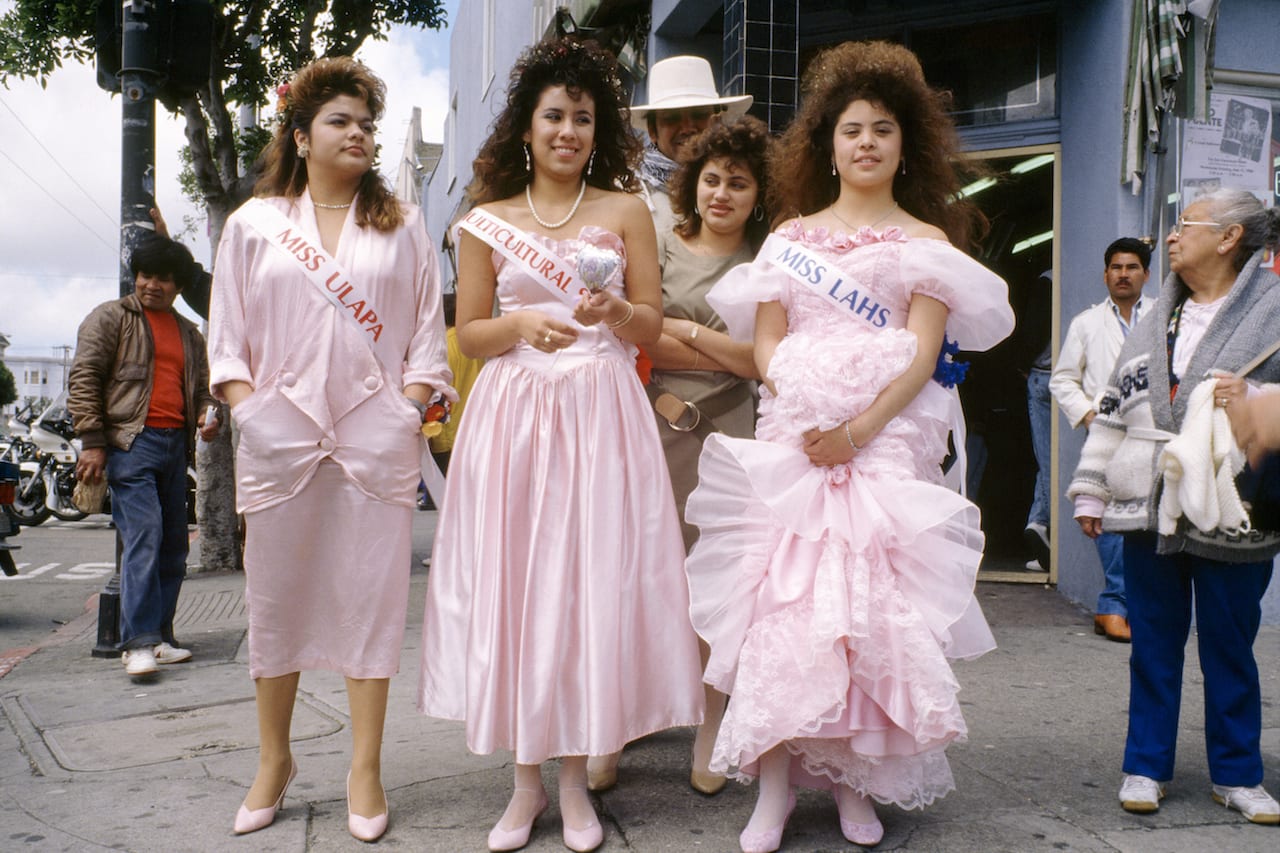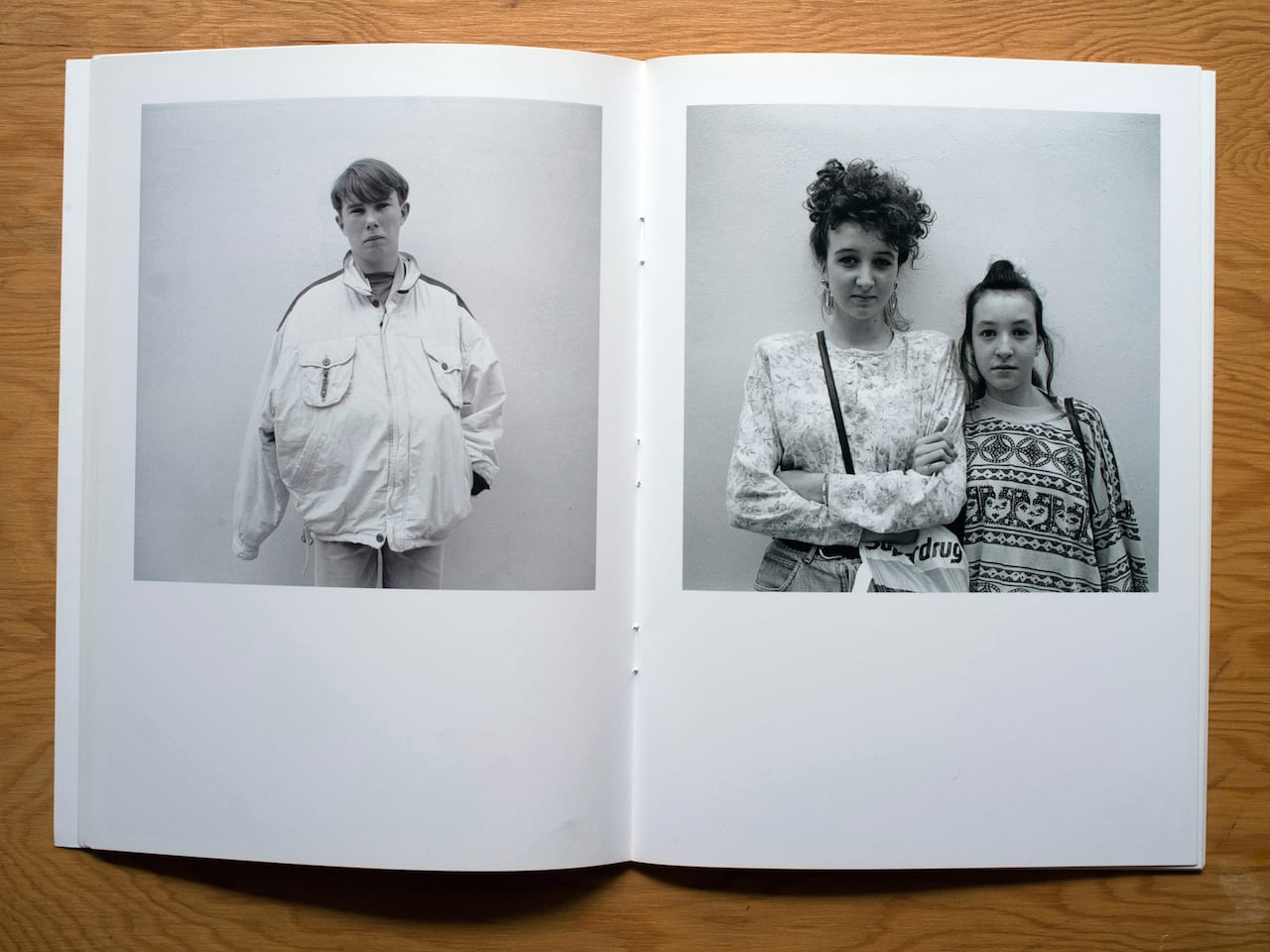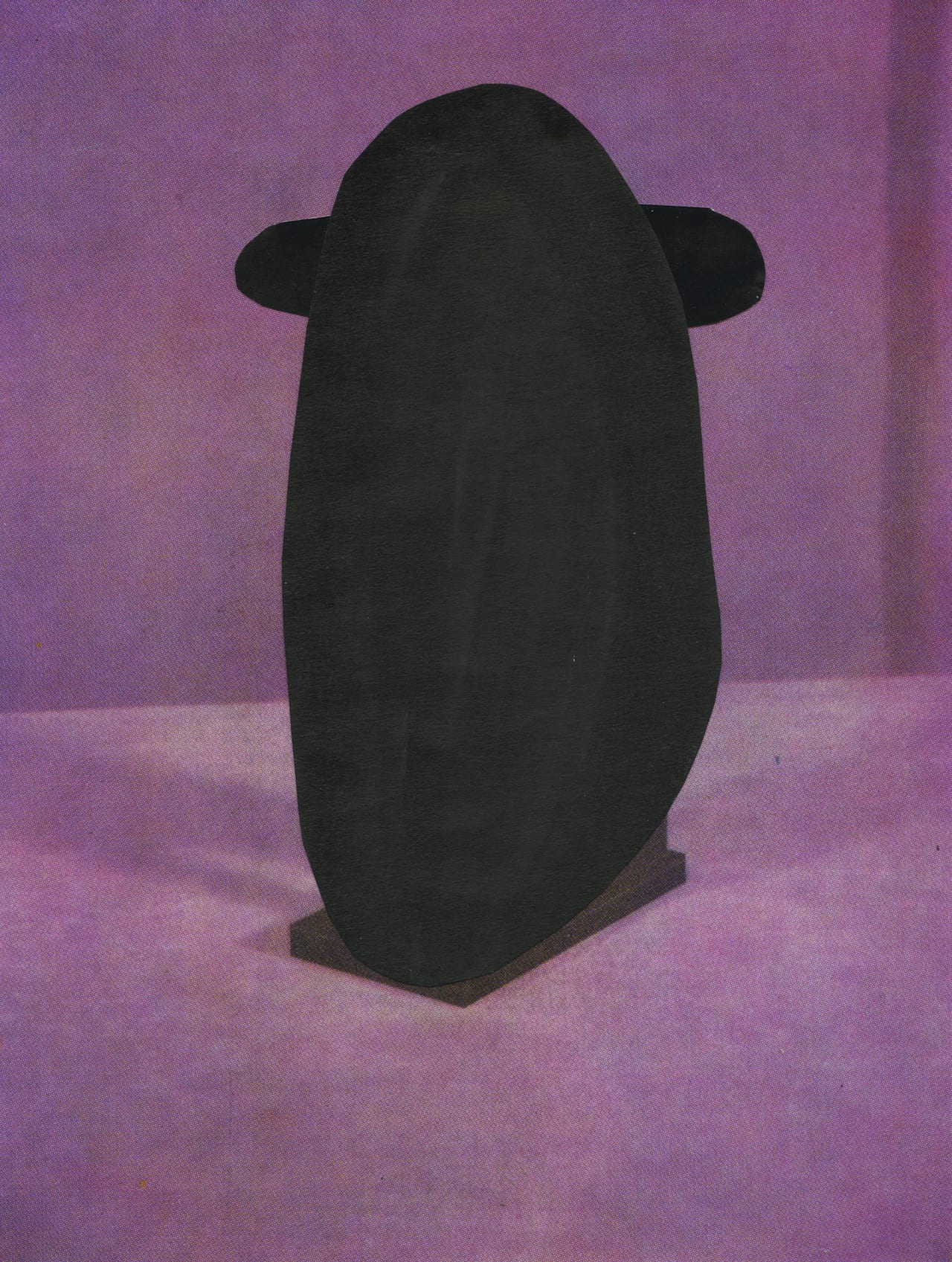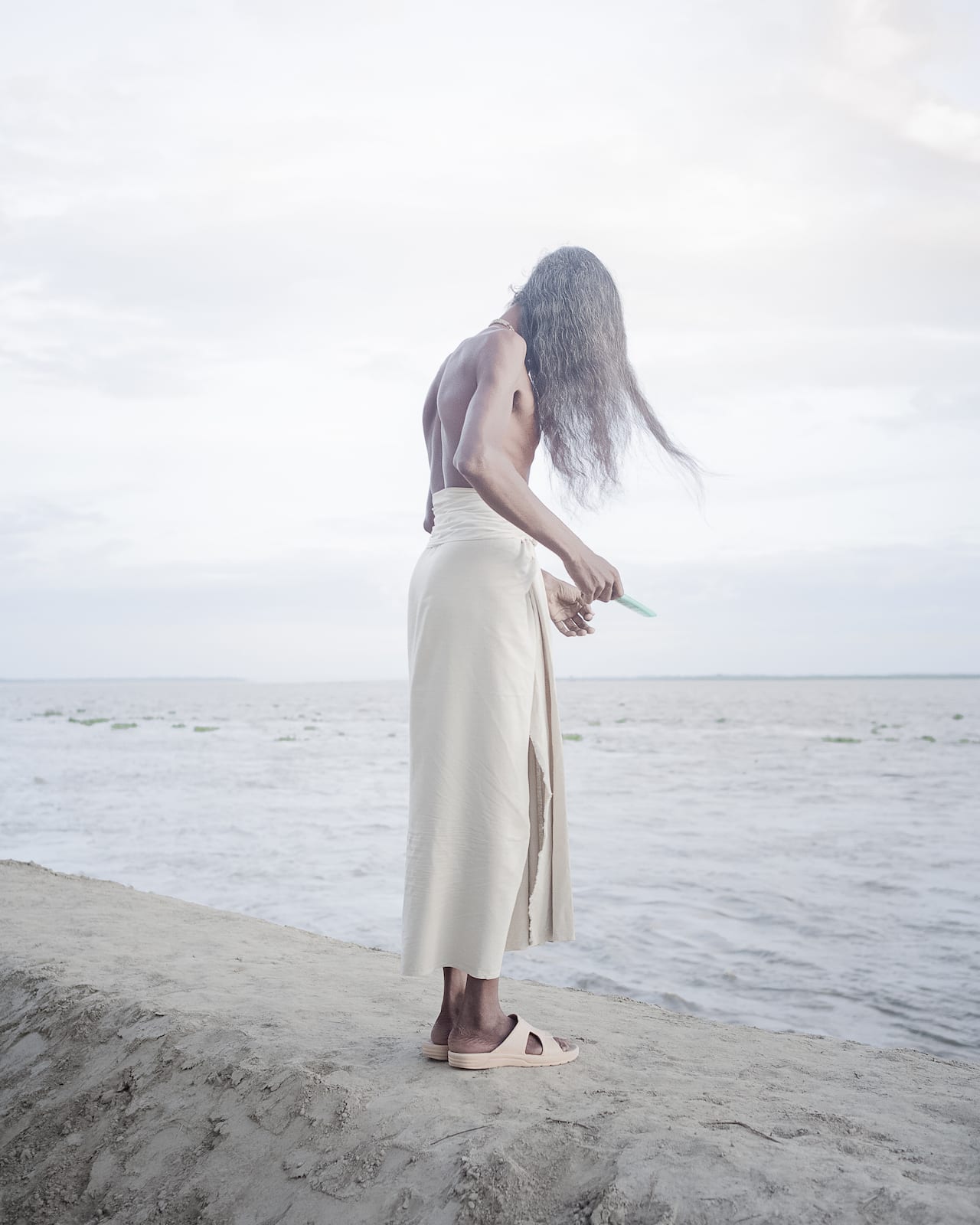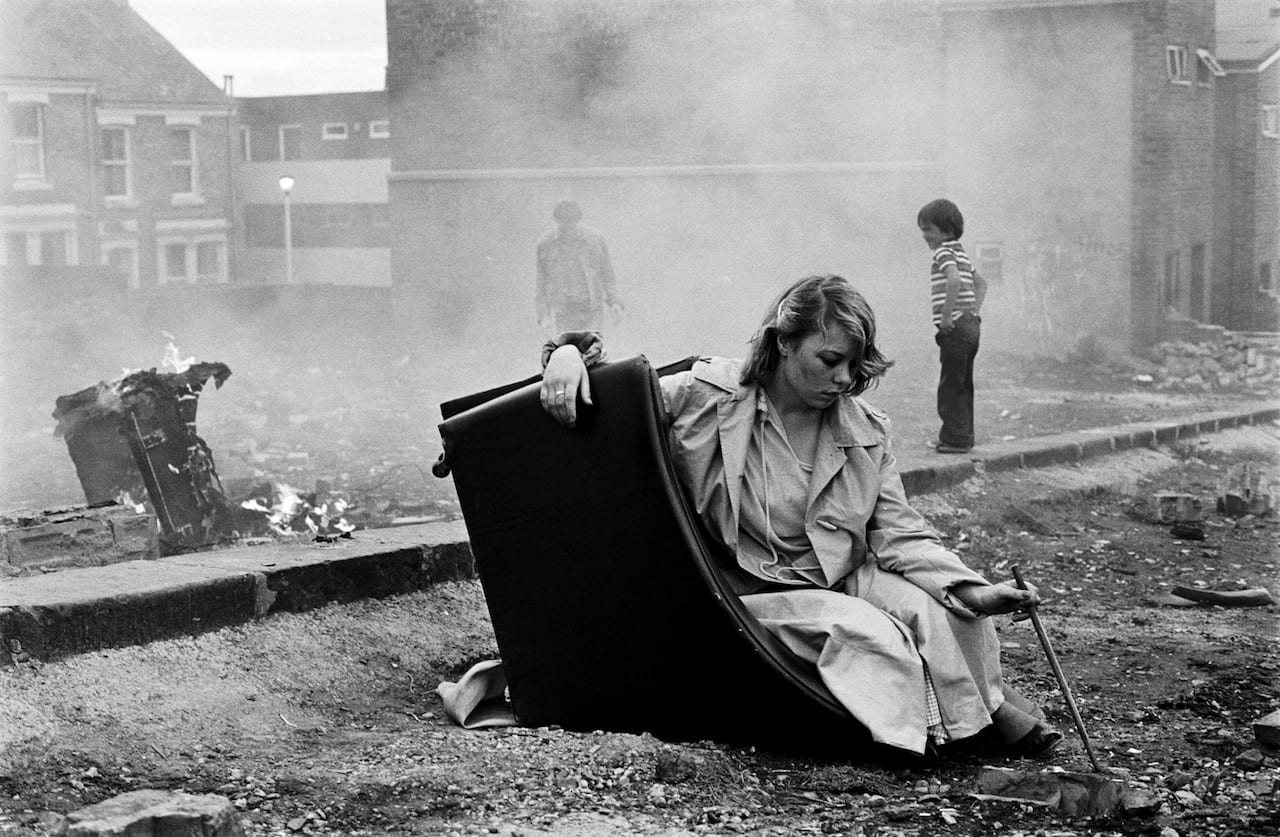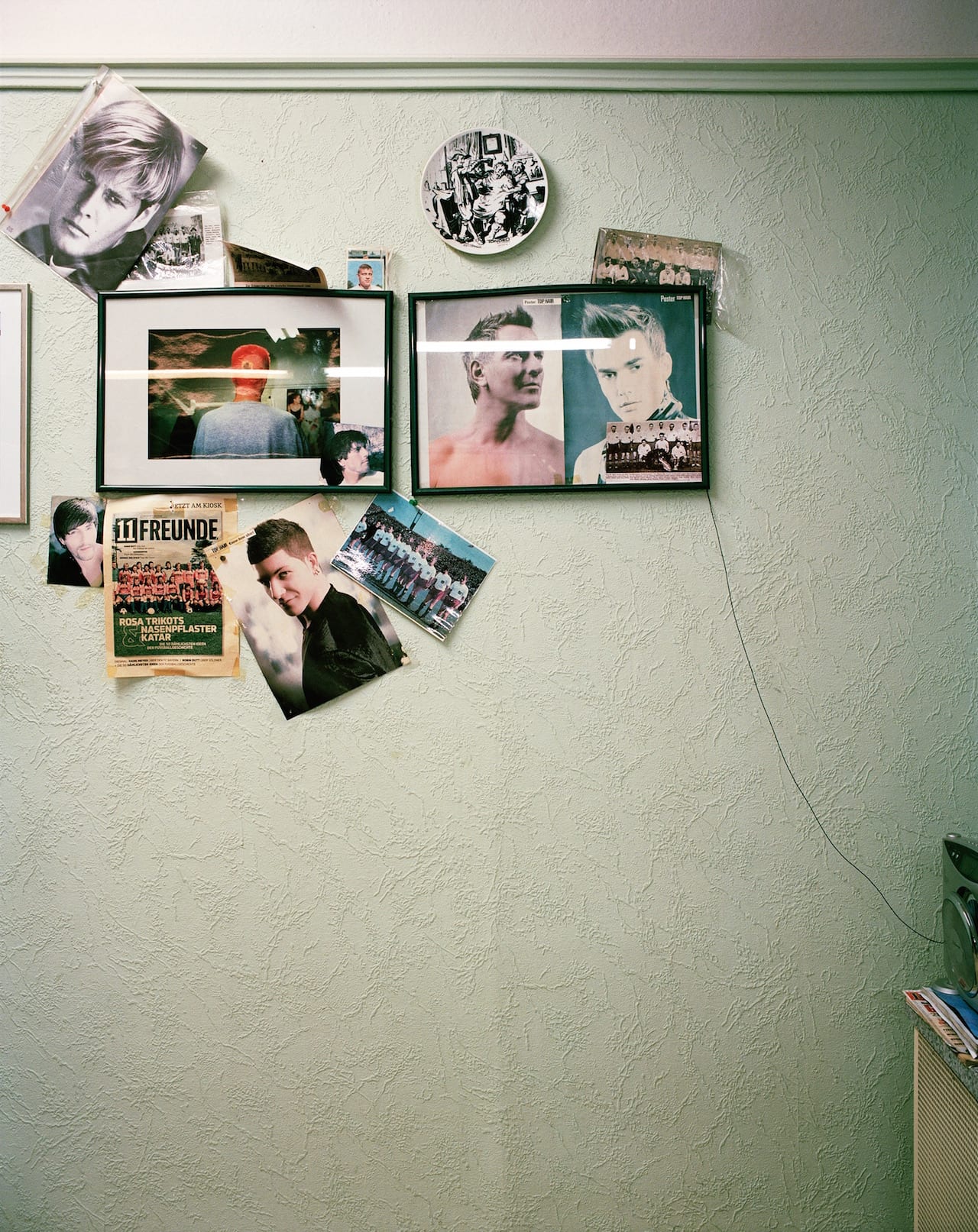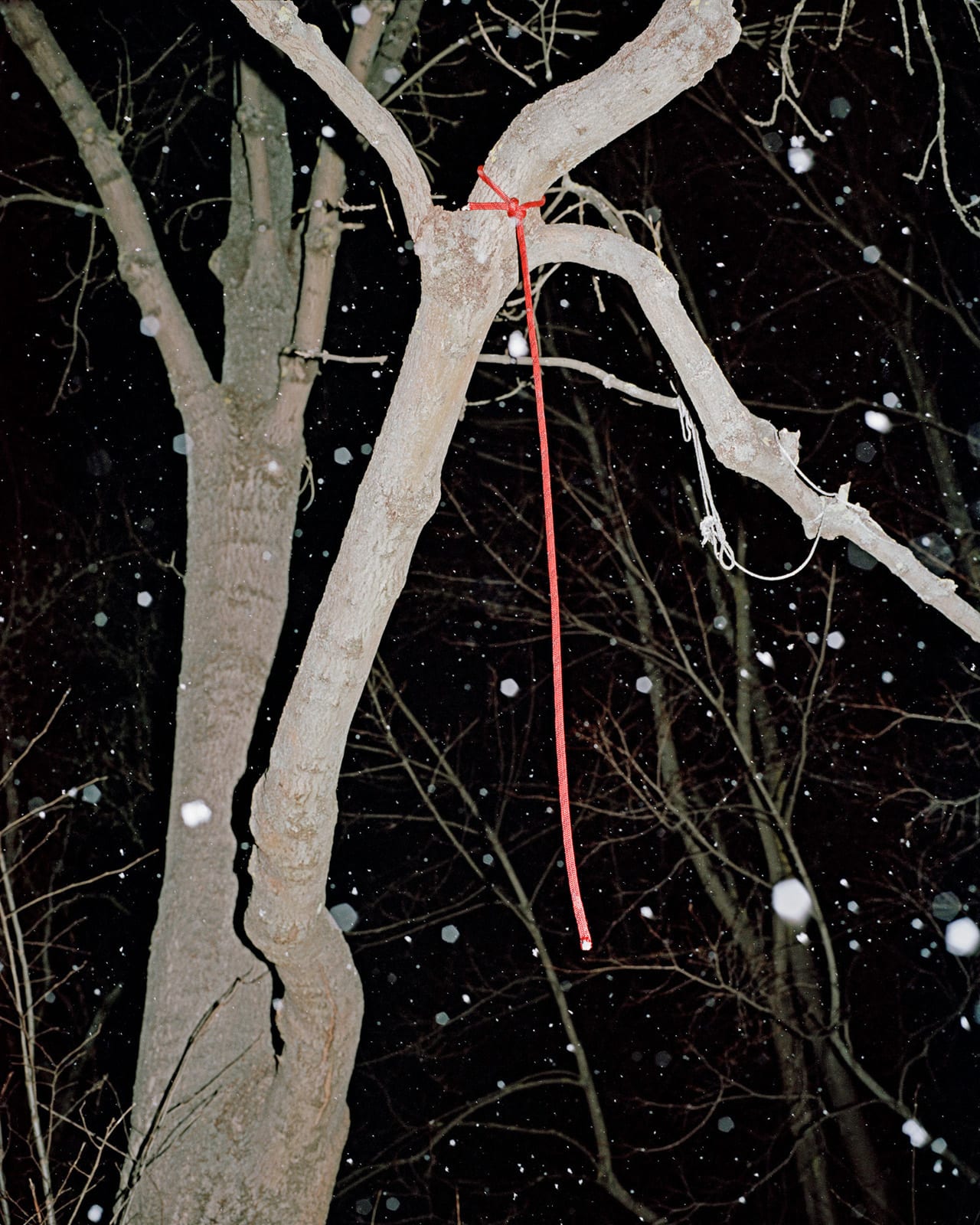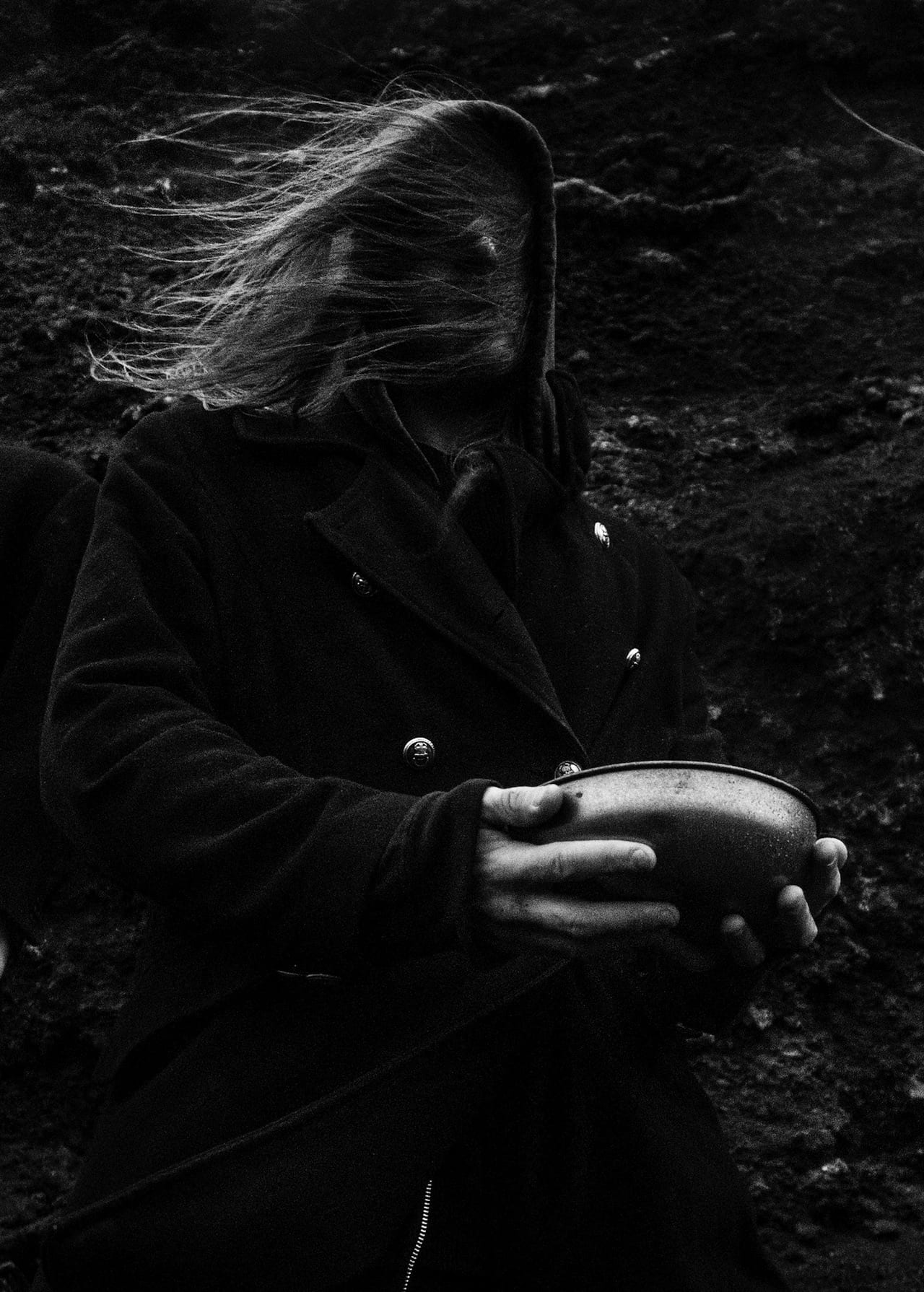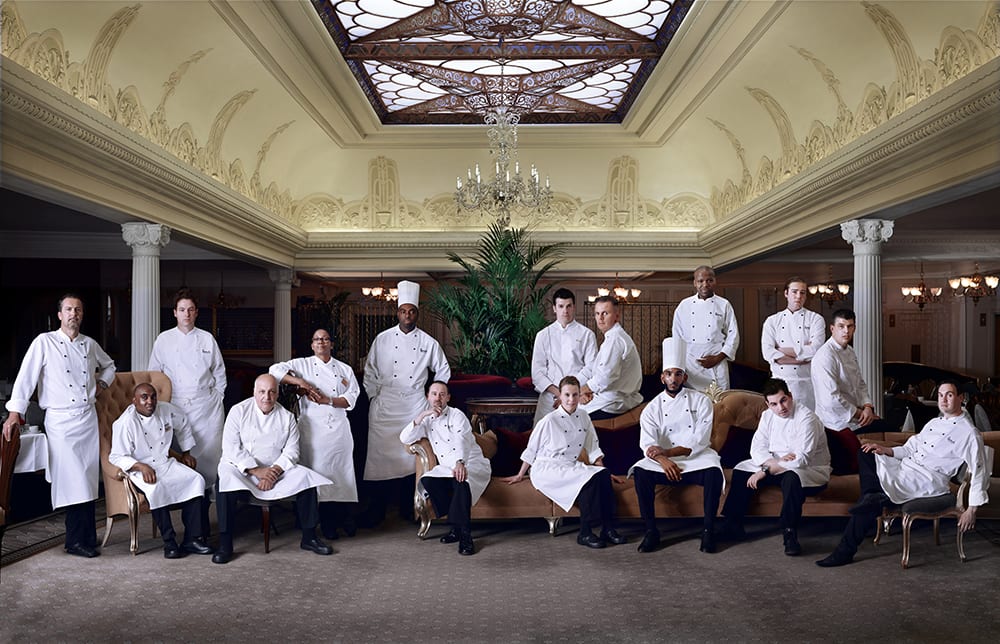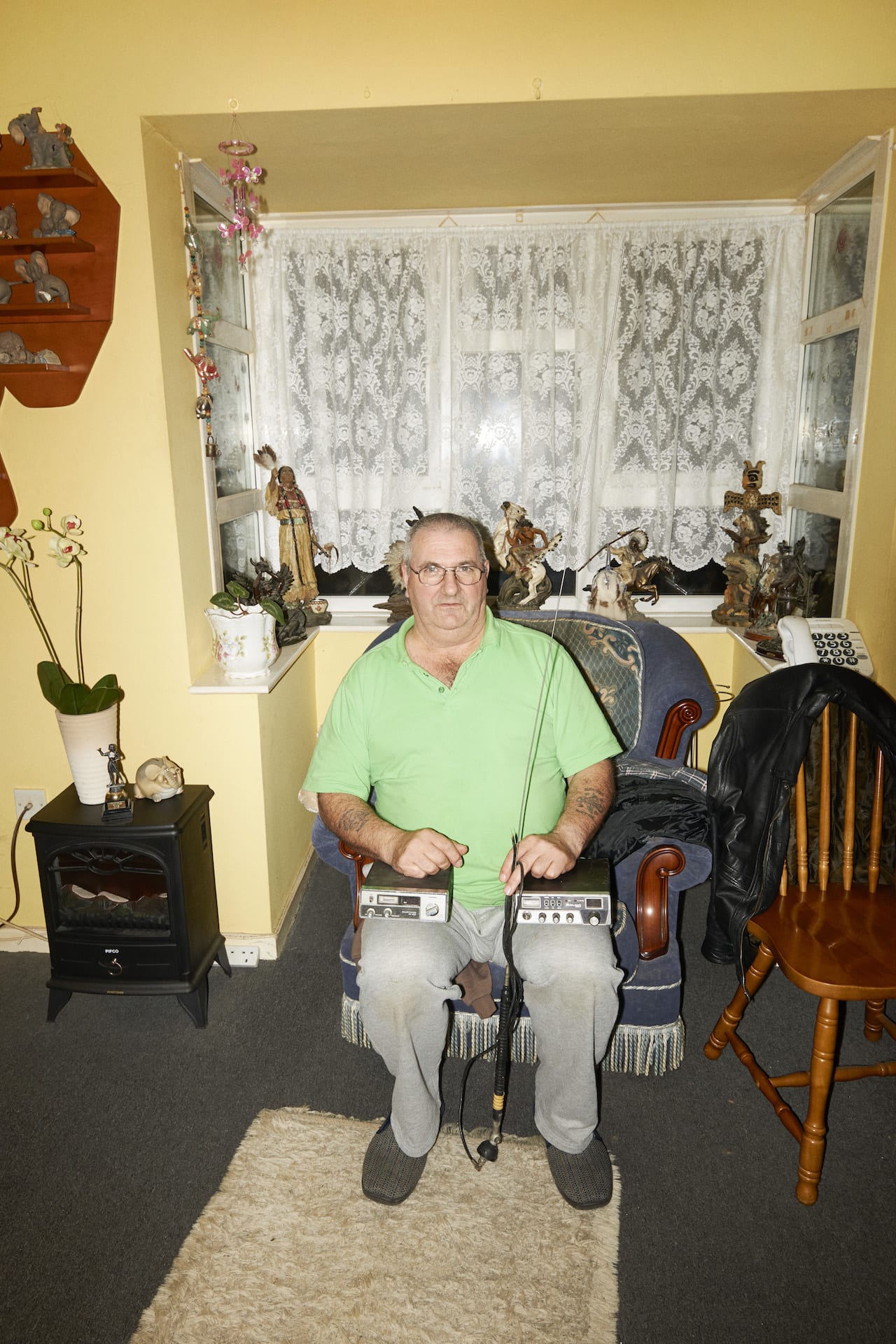If the inaugural Photo London seemed a little light on contemporary work, there is plenty in the fourth edition to show that the organisers were determined to do something about it. It is evident in the public programme, and it is there to see on the shop-floor too, with the Discovery section devoted to emerging galleries now given over to 25 dealers. Tristan Lund, formerly of Michael Hoppen Contemporary, now an art consultant and dealer in his own right, returns as curator, charged with injecting some cutting-edge elements into the fair, but remaining mindful of his responsibilities to the young galleries he is enticing in.
